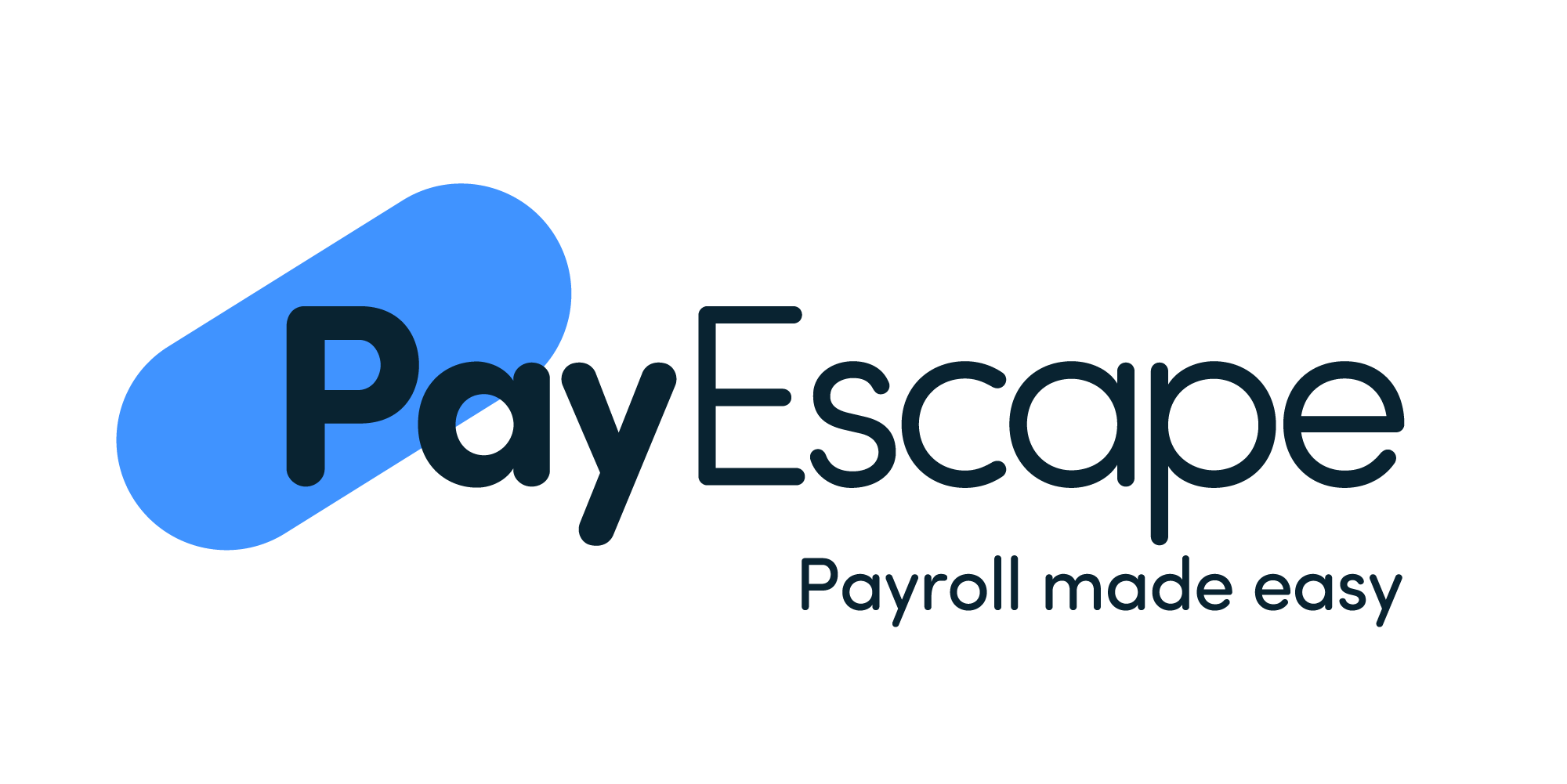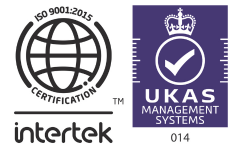What is Time Theft?
Time theft happens when employees receive pay for time they haven’t actually worked. It’s not always deliberate, but the consequences for businesses are the same: reduced productivity, inflated payroll costs, and distorted workforce data. Unlike physical theft, time theft is often overlooked because it isn’t immediately obvious.

Yet over time, the financial impact builds up and can significantly affect a company’s bottom line.
Time theft covers a broad range of behaviours. Employees might clock in a few minutes early or late without reflecting actual working hours, or they may take longer breaks than allowed.
Other common practices include personal use of work time, social distractions, or even asking a colleague to clock in or out on their behalf. These actions, while sometimes seen as harmless, can lead to systemic issues that damage workplace culture and efficiency resulting in time theft.
Examples of Time Theft
There’s no single way time theft occurs. It can be as subtle as excessive chatting during work hours or as deliberate as falsifying clock-in times. Employees may misuse flexible working arrangements by starting late or finishing early without recording it properly.
In some environments, particularly those still relying on manual systems or verbal agreements, these discrepancies go unnoticed and unchallenged.
In more serious cases, time theft becomes habitual. Staff might develop patterns such as arriving late several times a week or taking liberties with breaks.
Without accurate tracking systems in place, employers often don’t realise how much time is being lost. Over months and years, this leads to a bloated payroll and reduced output without a corresponding increase in business performance.
Long Lunch Breaks
One of the most overlooked forms of employee time theft is the extended lunch break. An employee scheduled for a 30-minute break might routinely take 45 minutes or more.
When done regularly across teams, this behaviour translates to hours of lost time each week. This is time that the business continues to pay for without receiving any productive return. This is particularly problematic in environments where there is little oversight or where clocking in and out is managed manually.
For instance, in a company where staff record their own break times on a timesheet, a few extra minutes can easily go unreported. Over time, this adds up. In contrast, businesses that use time and attendance software can automate break tracking, ensuring every minute is logged accurately.
With this in place, one manufacturer noticed a significant improvement in staff punctuality after implementing automated break logs tied to clocking systems because it removed ambiguity and set clear expectations.
Personal Calls
Taking personal calls during working hours may not seem like a major issue, but it disrupts concentration, breaks workflow, and leads to time loss.
The impact becomes more visible in roles where customer service or responsiveness is crucial. If an employee spends ten minutes on the phone with a friend instead of responding to client emails or working through their task list, productivity inevitably suffers.
A logistics company faced persistent delivery delays and discovered that staff were frequently using personal phones during peak hours.
After introducing a clear policy that outlined acceptable personal phone use, supported by regular reminders in team briefings, managers saw a marked improvement.
Rather than enforcing a ban, they set defined windows for personal use, making it easier to strike a balance and maintain professionalism without being overly restrictive.
Personal Searches
Browsing the internet for non-work-related content during work hours is another subtle but impactful form of time theft. From scrolling through social media to online shopping, these distractions eat into productive time. In office-based roles where employees are at computers all day, this behaviour can go unnoticed unless specifically monitored.
One software company addressed this by setting up web usage reports through its internal IT system. Rather than blocking access outright, the reports were used to support performance conversations where needed.
Employees became more aware of their habits and self-regulated their behaviour, leading to a measurable increase in project completion rates.
Stealing Stationery
While not traditionally considered time theft, taking office supplies for personal use reflects the same disregard for workplace rules and often correlates with other dishonest behaviours.
If someone feels entitled to help themselves to company property, it’s not a stretch to imagine they might also be misusing company time.
How to overcome this would be a request for a supplies sign-out sheet. Though initially unpopular, this change could reveal that team members are helping themselves to stationary more than anticipated resulting in a higher loss.
Clocking Out Early
Leaving early without adjusting clock-out times is a direct form of employee time theft. This behaviour is particularly hard to monitor in businesses using outdated or manual time tracking methods.
Even a five-minute early departure each day adds up to over 20 hours per year, which is almost three full working days lost per employee.
For example, a hospitality business struggled with inconsistent shift coverage until they moved to a digital system with facial recognition clock-outs. This removed the option of early departure without notice, as staff could only clock out on site and during scheduled times.
Within weeks, managers reported better shift handovers and reduced customer wait times during transitions.
How Time Theft Can Affect Businesses in the Long Run
The long-term impact of time theft is more than just financial. The cultural impact is often worse. When time theft goes unchecked, it can create a divide between those who stick to the rules and those who don’t. Morale dips, resentment builds, and overall team performance drops.
Inaccurate time tracking also skews HR data. Managers can’t make informed decisions about staffing levels, shift planning, or overtime if they don’t have a true picture of attendance. This can lead to over-hiring, underperformance, and an inefficient workforce that struggles to meet targets.
How Businesses Can Avoid Time Theft
Preventing employee time theft requires a mix of policy, training, and technology. Businesses need to clearly define expectations around working hours, breaks, and personal time. These policies should be shared during onboarding and reinforced regularly through team communication.
More importantly, businesses must implement reliable time and attendance tracking systems. Relying on self-reporting or manual logging opens the door to inaccuracy.
With automated clocking in and out, every hour is recorded precisely, reducing disputes and highlighting patterns that may need to be addressed.
Setting Boundaries
Establishing clear boundaries around time usage is essential. Employees need to understand what counts as work time, what doesn’t, and the consequences of abusing flexible arrangements. This goes beyond just issuing a policy; it means embedding expectations into daily culture.
Time Clocking Systems
Digital time clocking systems provide accurate, real-time attendance data and help eliminate the guesswork. Unlike traditional timesheets, modern solutions use biometric scanning, mobile apps, or facial recognition to confirm identity and time of entry. This makes it nearly impossible to falsify hours.
Installing CCTV
CCTV offers a layer of verification, particularly in businesses with physical access points. When paired with clocking in and out technology, it can validate attendance records and highlight discrepancies. For example, if an employee logs in but isn’t seen entering the premises, it flags a clear issue.
How PayEscape Can Help
PayEscape offers a full suite of solutions that help businesses prevent time theft and improve workforce accuracy. By integrating payroll, HR, and attendance into one system, PayEscape ensures that logged hours are always reflected correctly in employee pay, eliminating the gaps that dishonest practices exploit.
UKG Mobile App
The UKG mobile app gives employees the flexibility to clock in and out from their smartphones, using GPS tracking to verify location. This is particularly valuable for businesses with remote, field-based, or multi-site teams. Whether it’s a healthcare provider with staff across different locations or a construction firm managing several job sites, the UKG app confirms staff are where they say they are.
NoahFace Clock In Software
NoahFace uses facial recognition technology to record clock-in and out times securely. It’s ideal for high-traffic environments like retail, manufacturing, and hospitality where shift changes are fast and frequent. By verifying identity in real time, NoahFace prevents buddy punching and ensures that only the scheduled employee is clocking in for a shift.
CCTV and Barrier Check-Ins
For businesses that need tighter control, such as warehouses, logistics hubs, or high-security sites, PayEscape supports integration with CCTV and physical barriers. Employees must pass through controlled access points that link directly to attendance records. This creates a fully auditable system where no one can enter or exit without logging their time.
Conclusion
Time theft is a silent drain on business resources. While it may seem minor on a case-by-case basis, over time it builds into significant financial and operational costs. Whether it’s long lunches, early clock-outs, or false attendance, businesses must take the issue seriously.
By setting clear boundaries, using accurate clocking systems, and implementing integrated software, businesses can drastically reduce employee time theft. PayEscape’s comprehensive tools, from mobile clocking to facial recognition and access control, provide tailored solutions for businesses across sectors. With real-time data, accurate payroll integration, and powerful HR insights, PayEscape helps businesses protect time, improve productivity, and stay compliant.














